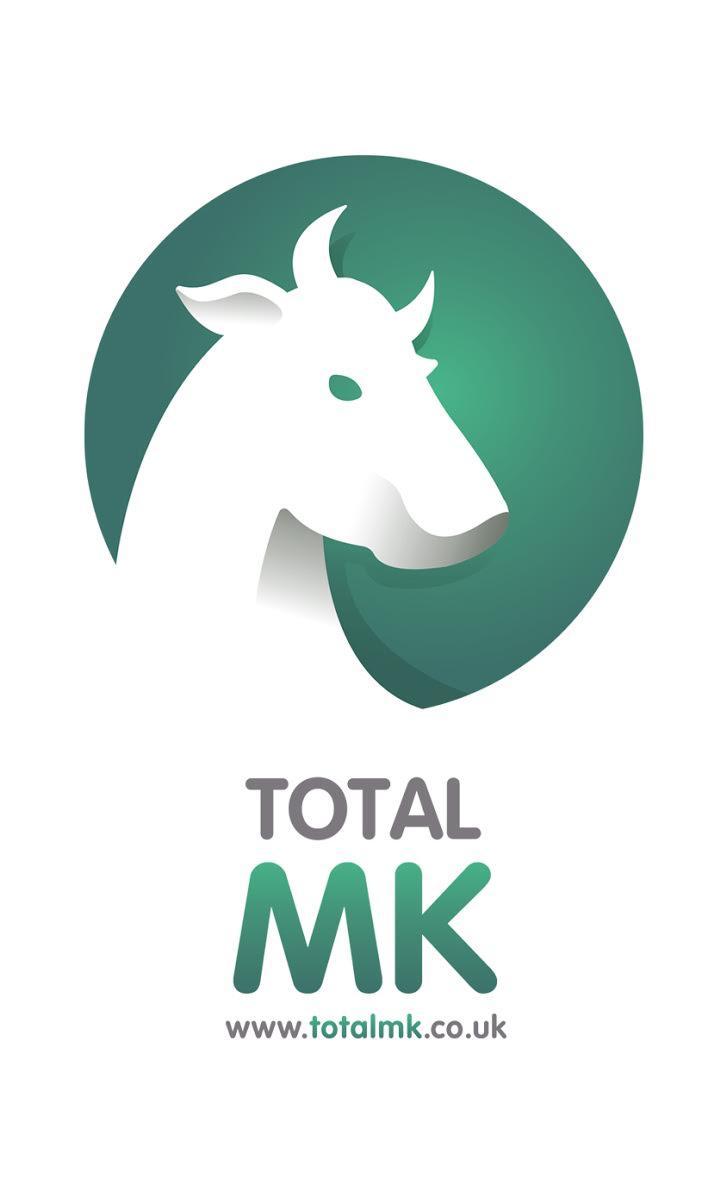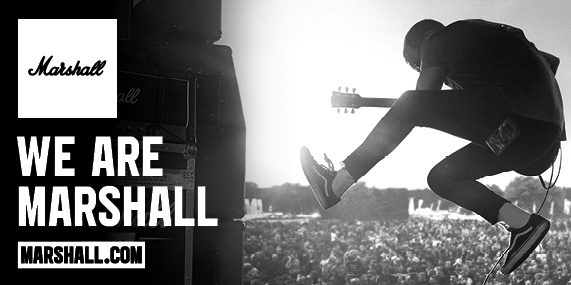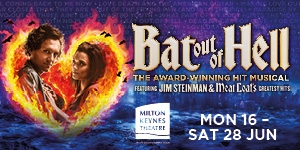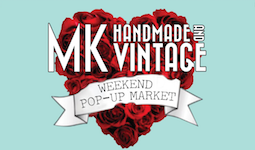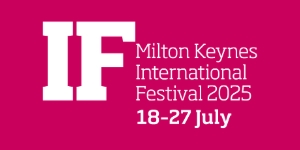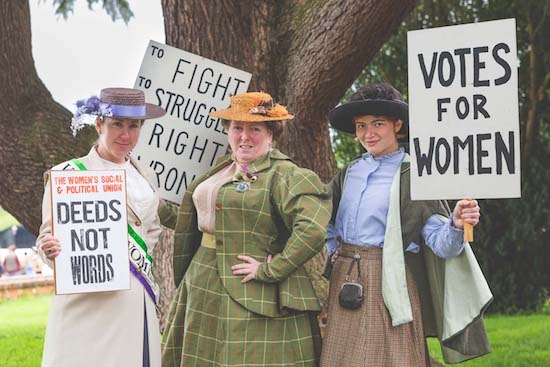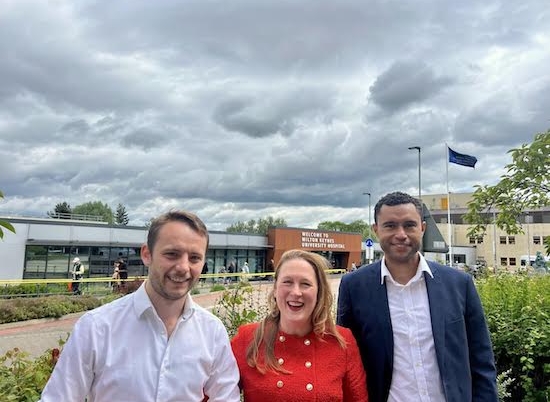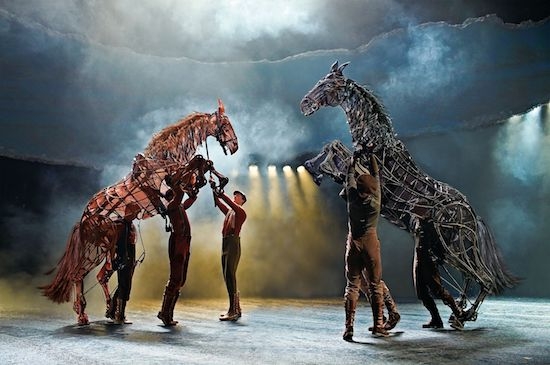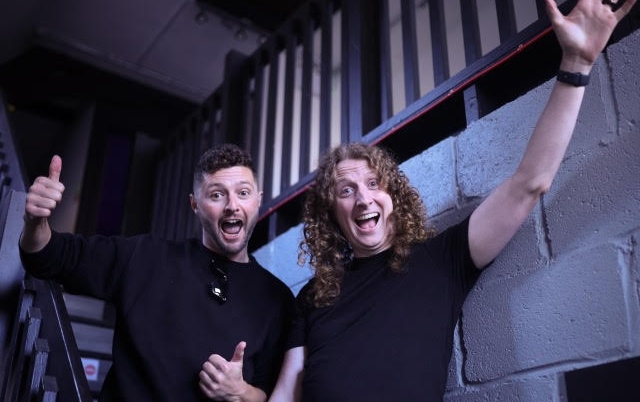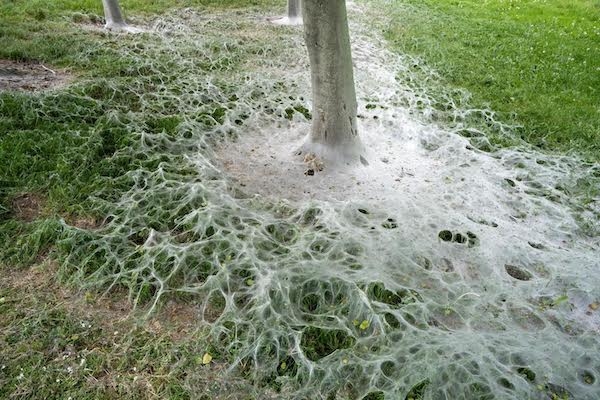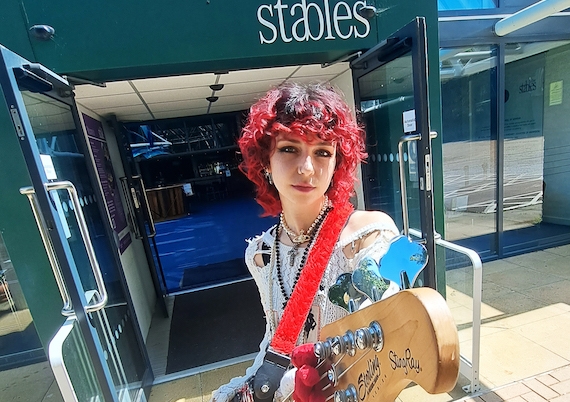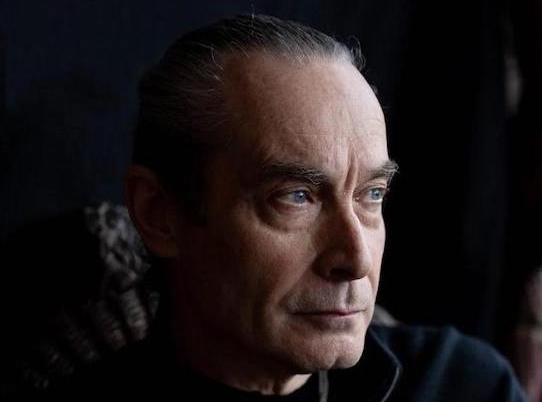The summer of 2016 saw the rise of conscious clubbing, but what's all the fuss about? From Stockholm to London, the global trend sees rave enthusiasts swapping vodka jelly for cold-pressed juice. But what are the reasons for applying such healthy, toxic-free principles to what is typically an alcohol and sometimes drug-fuelled affair? writes
As a nation, we’re becoming increasingly concerned about what we’re putting in our bodies. Over the last few years there’s been a shift in attitude towards wellbeing, or more specifically, what it means to be ‘well’. The healthy living movement is no longer viewed as cultish and faddy, but is instead considered to be both practical and sustainable.
While more turn to yoga, guided meditation and plant-based diets, as consumers, we’re making ethical choices that have positive effects on our bodies and the planet. As a result, there’s a growing demand for social environments that adopt this philosophy. Likewise, there’s a need for no-judgment spaces that welcome all members of the community.
Sober raves offer up all of these things on a biodegradable plate, along with a generous helping of vegan cheesecake. Milton Keynes hosted its very first sober rave on Saturday in New Bradwell’s understated community centre. From cacao shots and toxic-free glow sticks, to hula hooping and house music, guests soon lost their inhibitions and relaxed into the occasion. The grade II listed building was decorated with hand-painted fabrics and colourful bunting, providing a creative and blissful setting for adults and children alike.
Guests travelled from as far as Ireland and Bournemouth for the event and they weren’t disappointed. Estella Ramos and Carly Slade are the yoga teachers, wellness advocates and brains behind the event. Carly’s own journey of sobriety inspired the idea, alongside Estella’s ambition to create events that limit isolation and encourage social interaction and creativity. Their fundamental goal was to host a community event that provided a safe and inclusive space for all ages.
“Sober raving is not intended to create a divide or to hold judgment around the use of substances,” Estella explains. “It’s designed to encourage a different kind of atmosphere in which people aren’t isolated from certain events.”
The event did just that. But it was more than just a rave, too. Interspersed throughout the evening were a number of interactive sessions including yoga classes, tribal drumming and a chill-out zone offering Indian head massage. To top it all off, delicious raw brownies, fresh juices and decadent cheesecakes were served all evening. A highlight was the guided drumming meditation led by musician and hypnotherapist, James Wood.
For thirty blissful minutes, the audience relaxed into the sounds and vibrations that flooded the more intimate space within the venue. Both adults and children participated, and there was an undeniable sense of serenity that established the mood for the rest of the evening. Following this was the much-anticipated clubbercise class led by Caroline Fletcher. The fitness instructor led a tribe of eager dancers with fluffy leg warmers and glow sticks. Think neon hot pants, body paint and glitter, lots of glitter.
If waking up hangover free and ready to take on the world isn't a good enough reason to give sober raving a go, then hopefully the creativity, imagination and social aspects of the event – as well as the obvious physical benefits of dancing like a maniac – might convince you.
As more events like this look set to spread from London to further afield, it may be time to ditch the vodka and do some glow stick shopping of your own.
